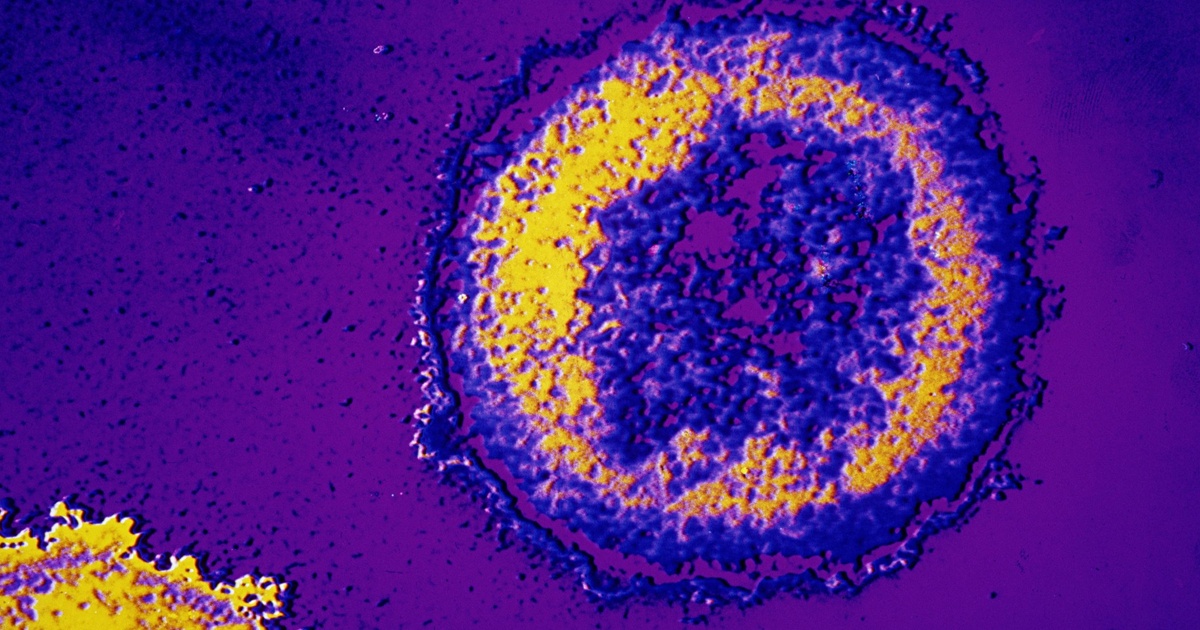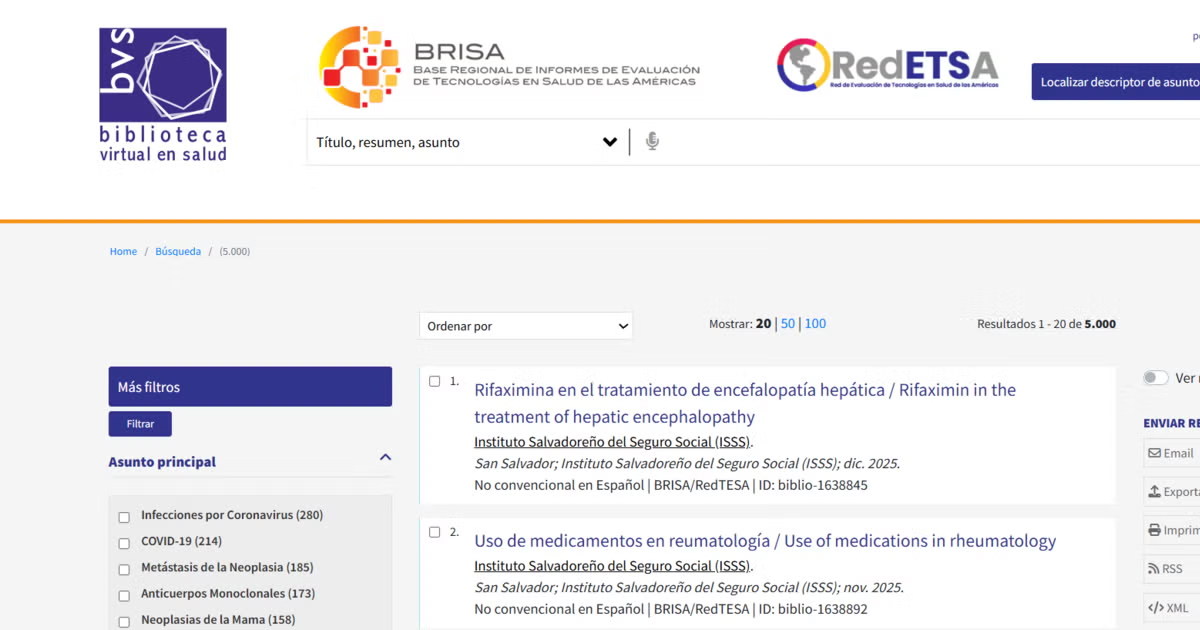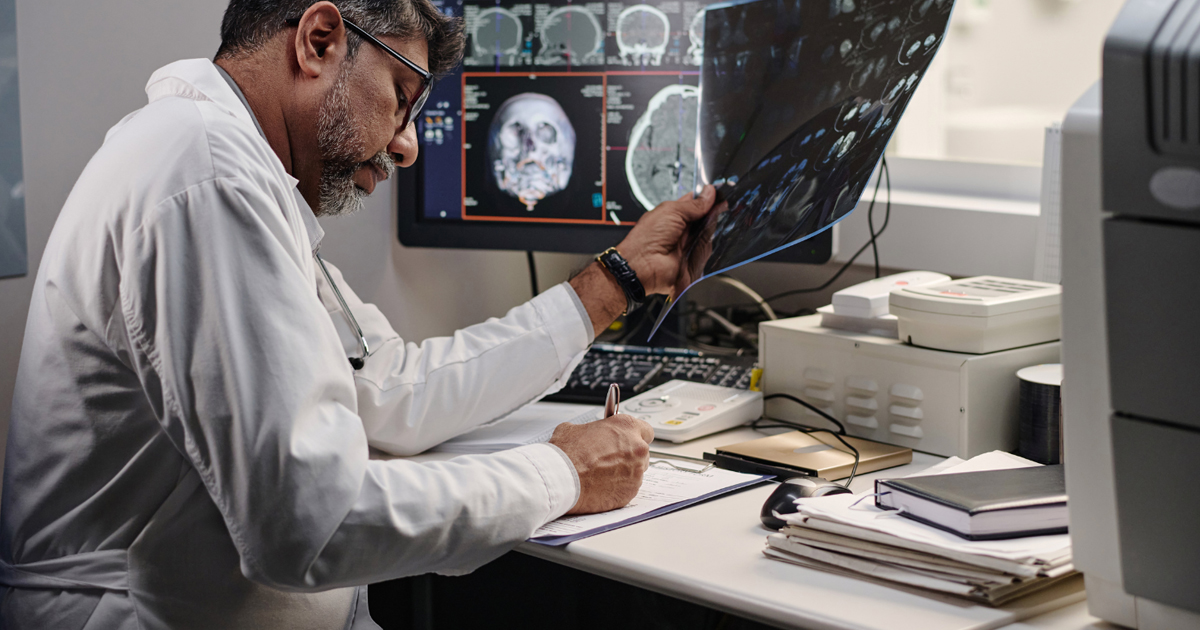La investigación fue publicada en la revista Applied Physics Letters.
Esta investigación fue desarrollada por el Instituto Tecnológico de California (Caltech), y el Instituto Beckman de Investigación en City of Hope, en la cual se exploran propiedades físicas de las células que conforman los tumores y así brindar un nuevo tratamiento. A pesar de que, este nuevo enfoque se encuentra en sus inicios, los científicos dicen haber desarrollado una técnica de ultrasonido de baja intensidad que mata células cancerosas sin dañar las células sanas.
La reducción de la intensidad del ultrasonido, logra coincidir la frecuencia con las células objetivo, según su estudio lograron separar varios tipos de células cancerosas sin dañar células sanguíneas sanas.
“Aquí, probamos la hipótesis de que las diferencias biomecánicas entre los tipos de células cancerosas y sanas hacen que estas células tengan diferentes respuestas a LIPUS, lo que permite la ablación selectiva de células cancerosas con formas de onda de ultrasonido dirigidas. Esta hipótesis se basa en la morfología celular / nuclear alterada, el contenido de ADN, las relaciones de volumen nuclear-nucleolar, la rigidez citoesquelética y las propiedades viscoelásticas de las células cancerosas”.

A través de estudios computacionales dichas diferencias fueron predichas para que el tratamiento respondiera a las células malignas, dependiendo de los parámetros del ultrasonido. Para ellos se utilizó un modelo de suspensión de células para realizar pruebas preliminares.
Puedes consultar el estudio completo a través del siguiente enlace: https://aip.scitation.org/doi/10.1063/1.5128627







